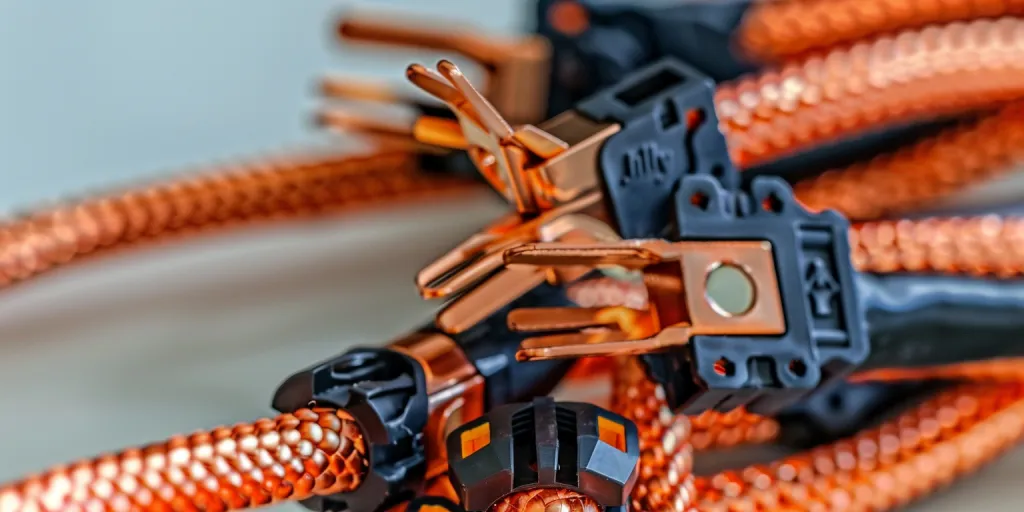Jumper cables are an essential tool for any vehicle owner, providing a lifeline in the event of a dead battery. Understanding the ins and outs of these critical accessories can save you time and frustration. This guide will equip you with all the knowledge you need to handle a dead battery situation confidently.
Table of Contents:
– What are jumper cables?
– What do jumper cables do?
– How to choose jumper cables
– How long do jumper cables last?
– How to replace jumper cables
– How much are jumper cables?
What are jumper cables?

Jumper cables, also known as booster cables, are a pair of insulated wires with alligator clips at both ends. These clips are designed to connect a dead battery to a live one, typically from another vehicle, to provide the necessary power to start the engine of the car with the depleted battery. The cables are constructed from heavy-gauge wire to handle the high current flow required for starting a vehicle. The alligator clips are color-coded, usually red and black, to prevent the risk of electrical short circuits by ensuring correct polarity during the jump-start process.
What do jumper cables do?
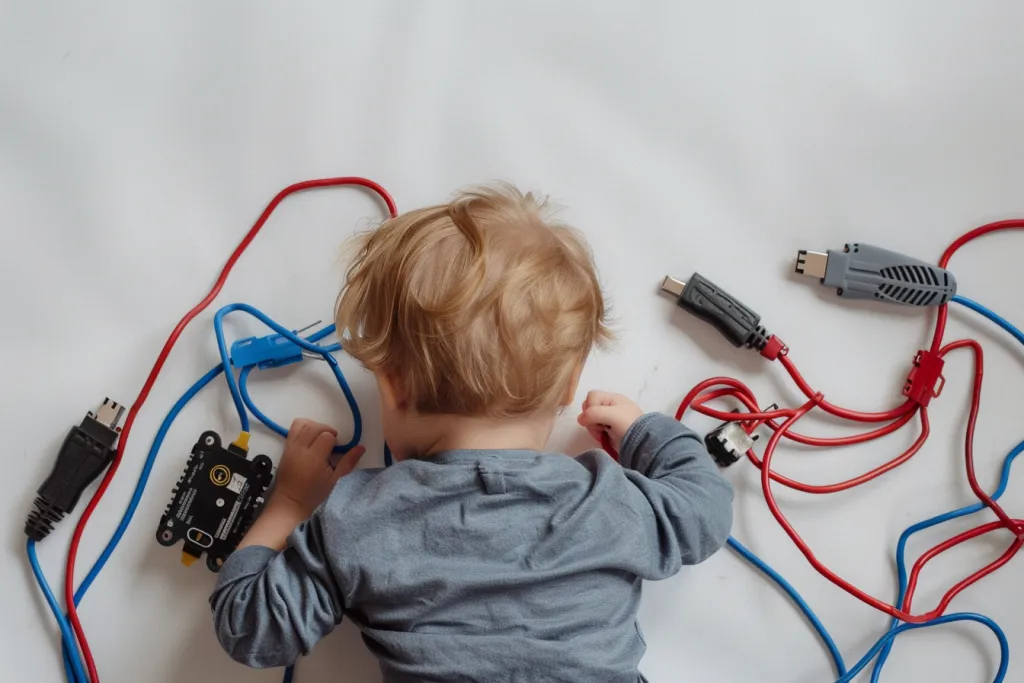
The primary function of jumper cables is to transfer electrical power from a donor vehicle’s battery to a recipient vehicle’s dead battery, providing it with enough energy to start the engine. This process is facilitated by the cables’ ability to carry a high current from one battery to another safely. When properly connected, jumper cables bypass the dead battery, using the live battery’s power to start the car. This makes them an invaluable tool for drivers who find themselves with a dead battery, allowing them to get back on the road without the need for a tow truck or professional assistance.
How to choose jumper cables
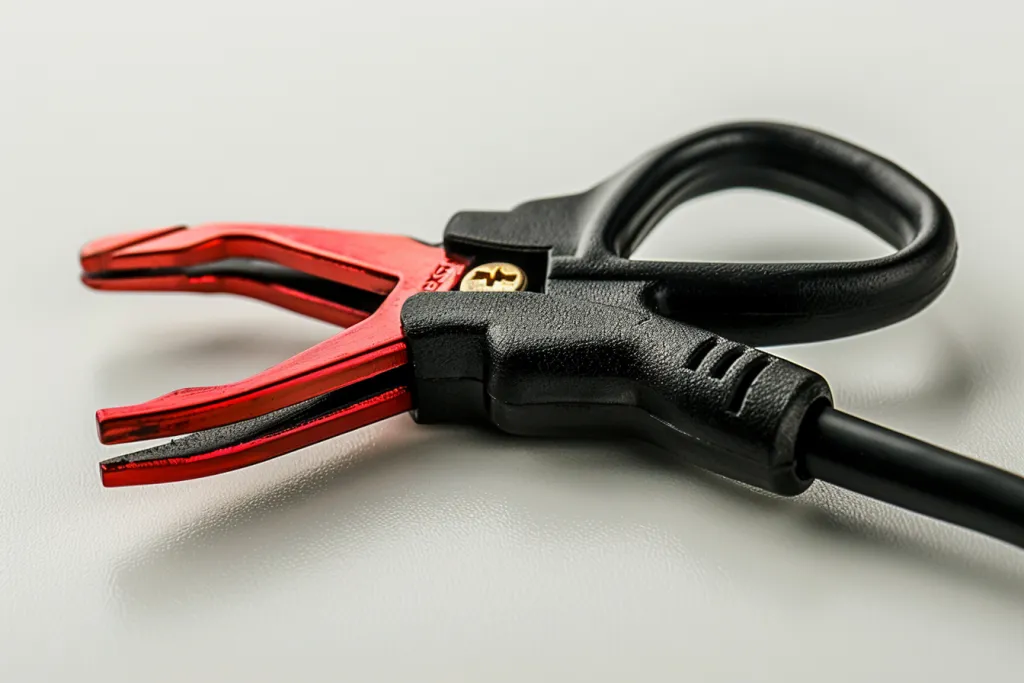
Choosing the right jumper cables is crucial for both safety and effectiveness. The three main factors to consider are gauge, length, and clamp quality. A lower gauge number indicates a thicker cable, which can carry more current and provide a faster, more efficient jump start. However, thicker cables can be heavier and more difficult to handle. Cable length is another important consideration; longer cables offer more flexibility in positioning vehicles but can result in a loss of power over distance. Finally, look for cables with sturdy, well-insulated clamps that provide a secure grip on battery terminals to ensure a safe and efficient connection.
How long do jumper cables last?
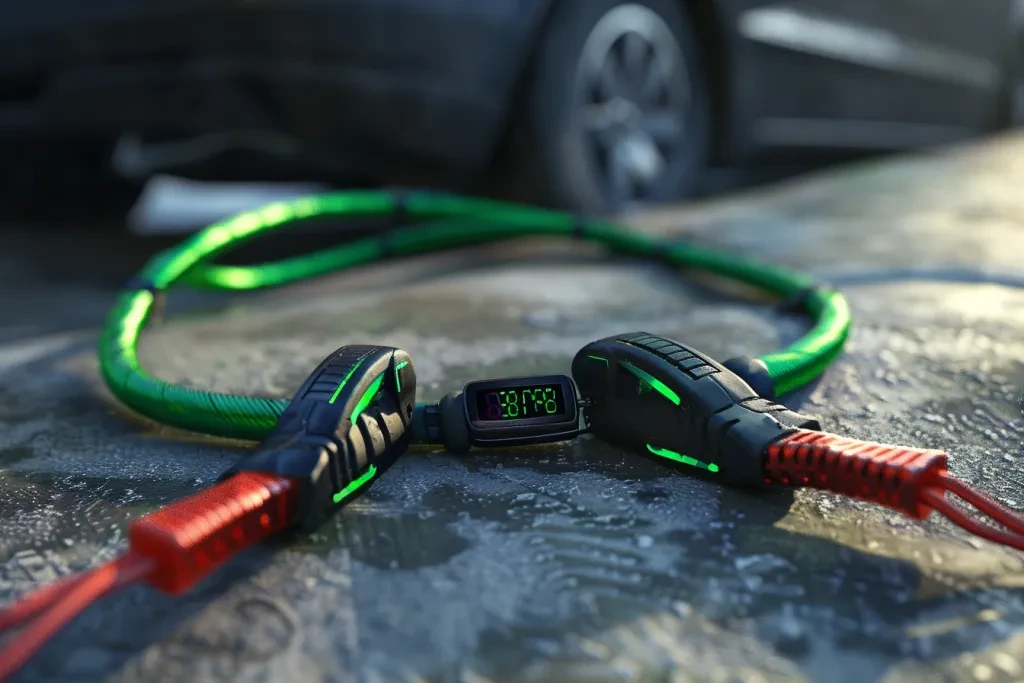
Jumper cables can last many years with proper care and storage. The lifespan of jumper cables primarily depends on the quality of materials and how often they are used. High-quality, thick-gauge cables with robust insulation and corrosion-resistant clamps are more durable and can withstand repeated use and environmental exposure better than cheaper alternatives. To maximize the lifespan of your jumper cables, store them in a dry, cool place and regularly inspect them for signs of wear and tear, such as cracks in the insulation or rust on the clamps.
How to replace jumper cables

Replacing jumper cables involves selecting a new set that meets your needs and disposing of the old ones responsibly. When choosing new cables, consider the lessons learned from your previous set regarding gauge, length, and clamp quality. Once you have a new set, familiarize yourself with the proper connection procedure to ensure safety and effectiveness. To dispose of old jumper cables, consider recycling them. Many automotive shops and recycling centers accept old cables and will ensure that the materials are handled in an environmentally friendly manner.
How much are jumper cables?
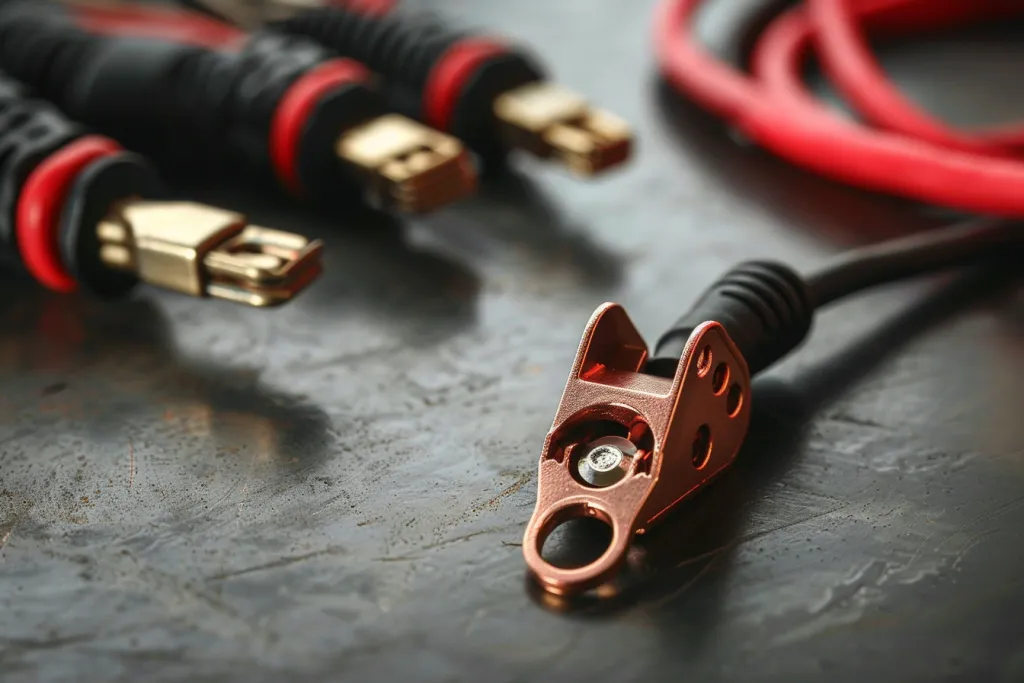
The cost of jumper cables can vary widely based on factors such as gauge, length, and brand. Basic sets can start as low as $10-$20, while higher-quality, heavy-duty cables can cost $50 or more. When deciding how much to spend, consider how frequently you expect to use the cables and the conditions under which they will be used. Investing in a durable, high-quality set can save money in the long run by avoiding the need for frequent replacements and ensuring reliability when you need them most.
Conclusion:
Jumper cables are a vital component of vehicle emergency equipment, offering a simple solution to dead batteries. By understanding how to choose, use, and maintain jumper cables, drivers can ensure they’re prepared for unexpected battery issues. Remember, investing in a high-quality set of jumper cables can provide peace of mind and save you from being stranded. Keep this guide in mind the next time you find yourself in need of a jump start, and you’ll be back on the road in no time.
